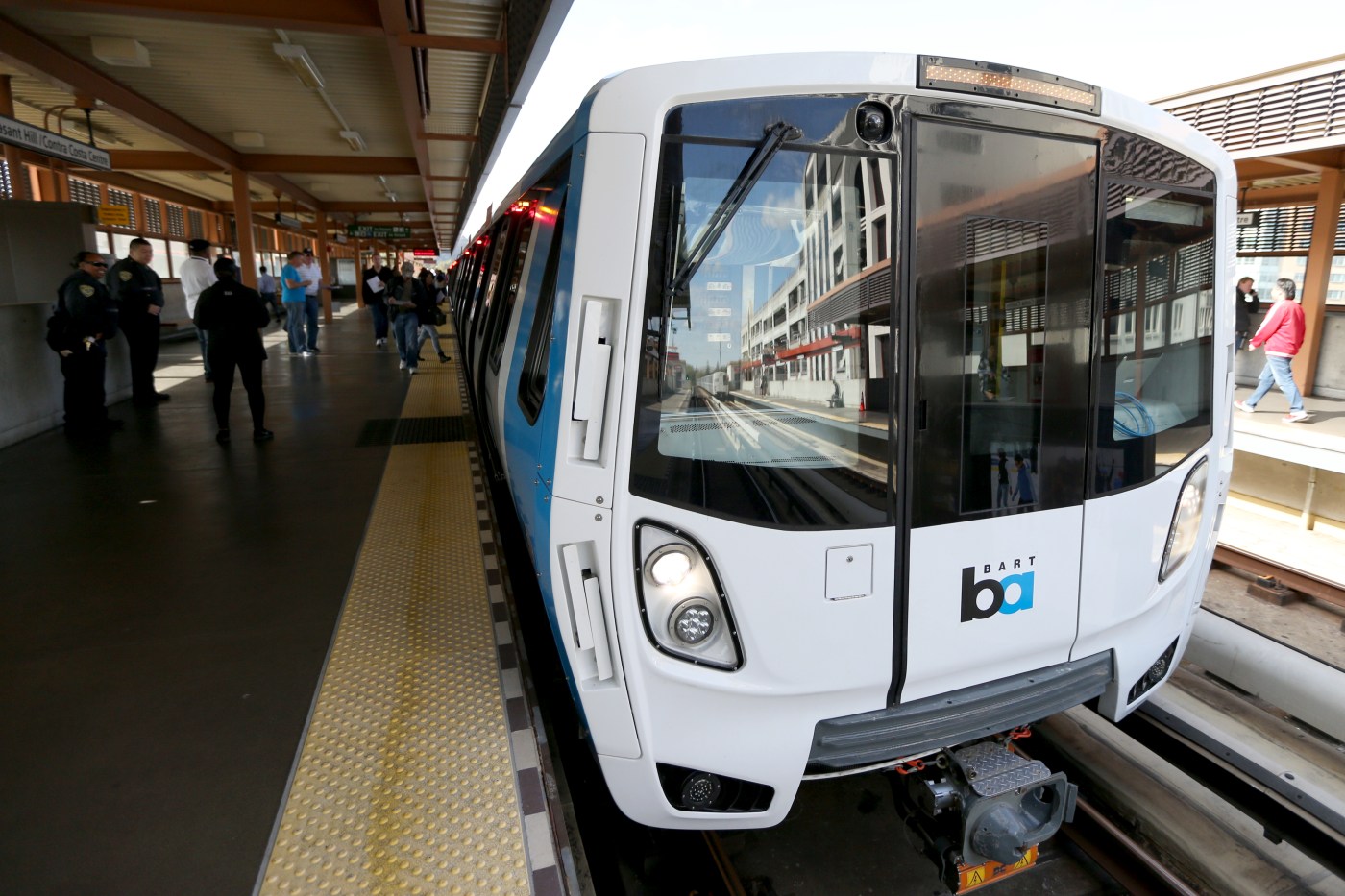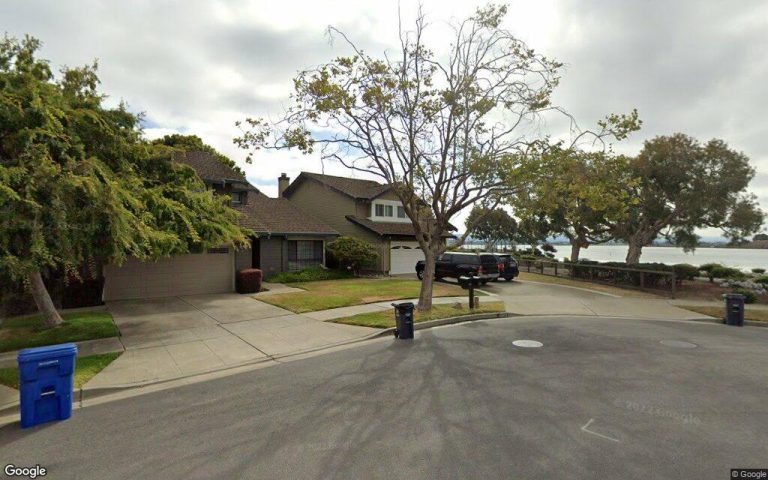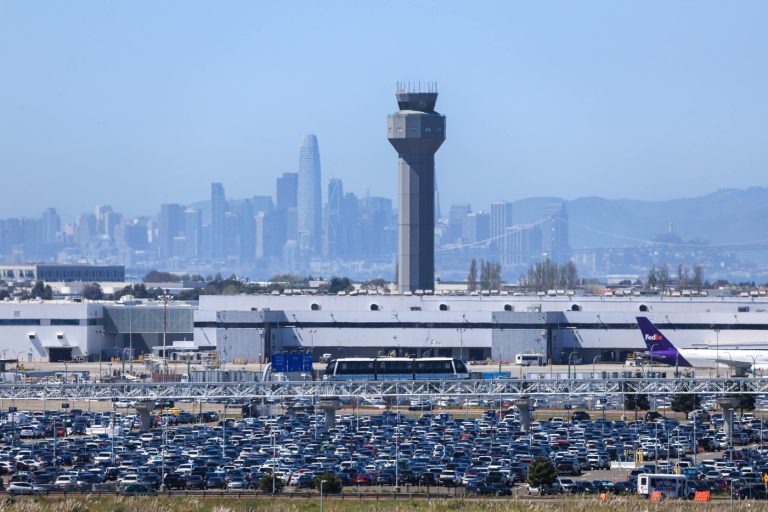Despite our region’s long-standing support for public transit, it’s frustrating that Bay Area transit doesn’t work well for more people. Ridership was stagnant prior to the pandemic, and is now at about 70% of pre-pandemic levels — one of the weakest recoveries in the nation — creating a financial crisis for Bay Area transit agencies that threaten a future downward spiral of cuts.
The pandemic has forced us to confront two important truths about why more people don’t use transit: We don’t run enough fast reliable service to attract riders from cars, and transit is too fragmented, run by 27 agencies with little coordination and creating an inconvenient and inefficient network.
Fortunately, there is reason for optimism. After years of advocacy, there is finally a serious effort to confront both issues head on. Senators Scott Wiener and Aisha Wahab have introduced The Connect Bay Area Act (SB 1031), which would authorize a regional ballot measure for sustainable transportation funding and introduce governance reforms to integrate fragmented systems. The bill is our best hope for transit transformation.
Bay Area transit funding has historically focused on system expansion while neglecting frequency and reliability of core services. It would be analogous to a homeowner funding construction of new rooms onto their house while skimping on paying utility bills.
Across much of our region, the most cost-effective way to get more people riding is by running more buses and trains on the routes we already have — arriving every five or 10 minutes, instead of every 30 or 60 minutes.
But running more service requires operations funding — something that past ballot measures haven’t provided sufficiently. The Connect Bay Area Act, finally, will authorize a new permanent source of operations funding, eliminating forecasted deficits and supporting service enhancements.
New operations funding alone won’t be enough to attract riders — the customer experience of transit must improve, offering a seamless, easy-to-use system. Integrated fares, schedules and service have been proven to grow ridership and improve efficiency.
Seamless integration requires that one entity be in charge of leading coordination among 27 agencies. The Connect Bay Area Act empowers The Metropolitan Transportation Commission (MTC), the region’s nine-county transportation authority, to act as the regional network manager for Bay Area transit, requiring coordination as a condition of funding.
Changes to MTC’s governance are needed for it to succeed and be accountable to riders. MTC’s governance is too dominated by locally elected officials and lacks sufficient expertise in transit. The Connect Bay Area Act offers the opportunity to improve this by establishing a dedicated body within MTC of expert appointees to lead regional transit policymaking.
Related Articles
California gas prices are spiking again, what’s going on?
Should protesters pay the price? Demonstrations that snarled Golden Gate Bridge, I-880 spur questions about tougher penalties
BART commits to addressing elevator issues in new settlement
New $4.5 million East Bay trail path will connect bicyclists, pedestrians to BART
Burying canal is next step in widening heavily used East Bay road that is community’s only major exit
Recent poll results indicate that voters still see public transit as a top priority, and are even supportive of a new tax to fund it — as long as that funding delivers a transformed system instead of the status quo. They view greater coordination, improved efficiency, enhanced safety and expert oversight as top selling points of a regional measure.
The biggest threat to the exciting transformation of Bay Area transit isn’t voters’ willingness to fund it — it’s a focus on local control among some existing transit agency staff and elected officials at the expense of better system coordination.
It’s up to state legislators now to determine the future of Bay Area transit as they consider SB 1031. They must listen to riders, who overwhelmingly support a seamless system even if it involves less local control. Senators Wiener and Wahab deserve credit for putting riders first. With bold leadership, we can pass legislation and a ballot measure that will create the world-class, seamless transit system that our region deserves.
Ian Griffiths is policy director of transit advocacy group Seamless Bay Area and a member of California’s Transit Transformation Task Force.












